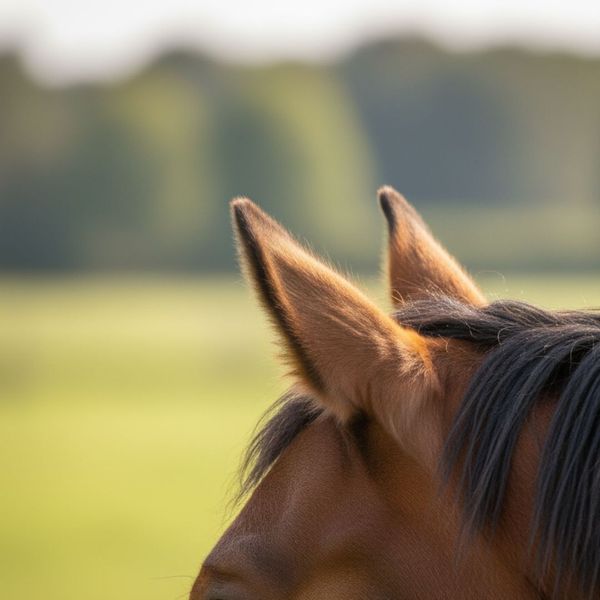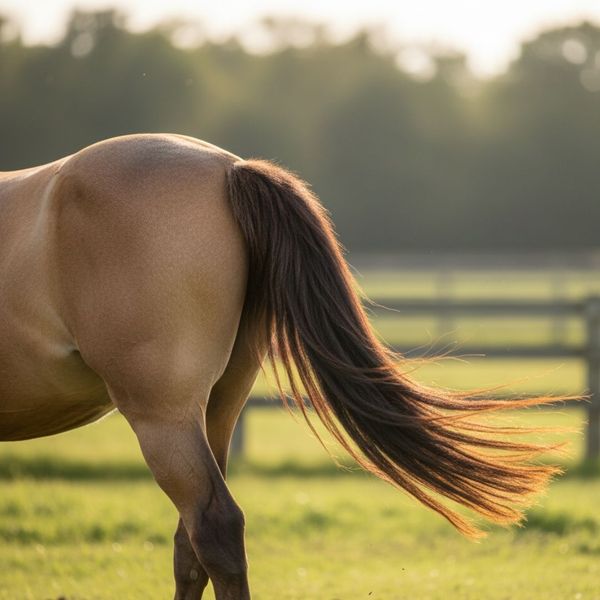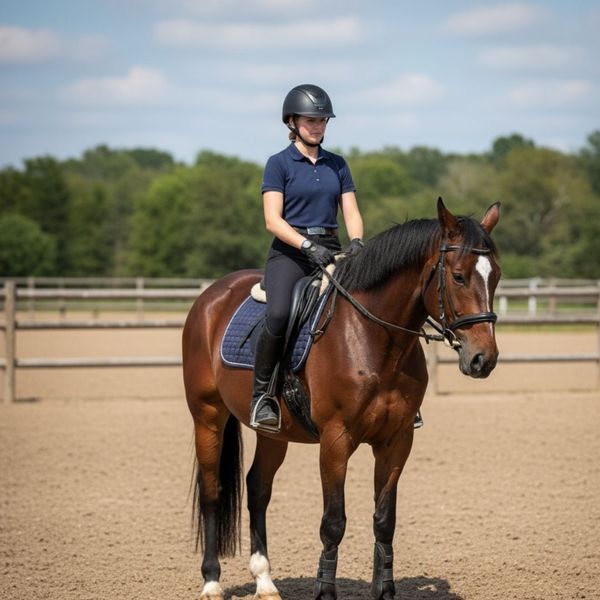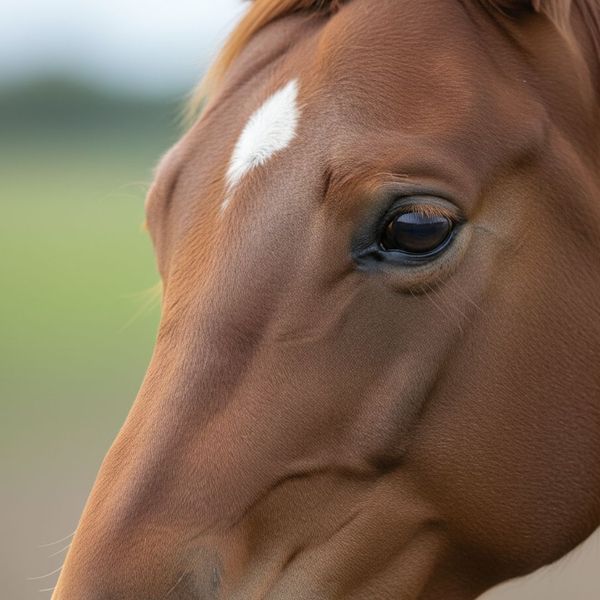At Pink Flamingo Stables, we believe that the true foundation of successful riding is communication. Our horses are constantly talking to us, not with words, but through subtle (and sometimes not-so-subtle) body language. Understanding Horse Behavior for Better Riding is not just a skill for experts—it's essential for anyone taking horse lessons who wants to build a relationship based on trust, safety, and mutual respect. When we learn to interpret their silent dialogue, we unlock a deeper connection that transforms an ordinary ride into a harmonious partnership.
Understanding Horse Behavior for Better Riding
Understanding Horse Behavior for Better Riding

The Expressive Ears: A Window to Their Mind
A horse's ears are one of their most telling features, acting like radar for their mood and attention. When a horse's ears are swiveling, they are engaged and curious about their surroundings—a great sign during a lesson. Ears pinned flat against the neck, however, signal fear, aggression, or serious irritation. Observing the ears early helps us preemptively adjust our approach, ensuring a more relaxed and productive horse lessons experience for all.

Understanding the Importance of Tail Swishes
While a light tail swish might simply be chasing away a fly, a vigorous, repetitive flicking motion suggests much deeper annoyance or agitation. We encourage our riders to notice the intensity of this movement, as it’s a clear warning signal before a horse may act out. Recognizing this non-verbal complaint allows us to find and address the source of their discomfort, making every ride safer and more enjoyable for us and our equine partners.

Reading Their Posture: Tension vs. Relaxation
A calm horse displays a relaxed, open posture, often with a slightly lowered head and soft eyes, indicating contentment and trust in their environment. In contrast, a stiff body, a raised head, and tense facial muscles signal anxiety, fear, or pain. During our horse lessons, we emphasize that noticing these shifts in posture enables us to identify when a horse needs a moment to settle or if a tack adjustment is required.

Facial Expressions and the Soft Eye
The eyes and muzzle are central to reading a horse’s emotional state. A soft, relaxed eye suggests calmness, confidence, and trust—the ideal state for learning. Conversely, wide eyes, flared nostrils, or a tight-lipped mouth are clear indicators of stress or discomfort. We teach our students to look for the soft eye, as it confirms that the horse is mentally present and ready to partner with us through their training and experience.
Discover Your Potential Through Goal Setting
Mastering the art of reading your horse’s body language is the most powerful tool you can acquire as an equestrian. It allows us to move beyond simply giving commands and into a true partnership, leading to safer, more successful horse lessons. At Pink Flamingo Stables, our programs are designed to teach you these invaluable communication skills, deepening your bond with our wonderful equine friends. Contact us today to learn more about our riding programs or read more about our approach to equine care on our blog!
